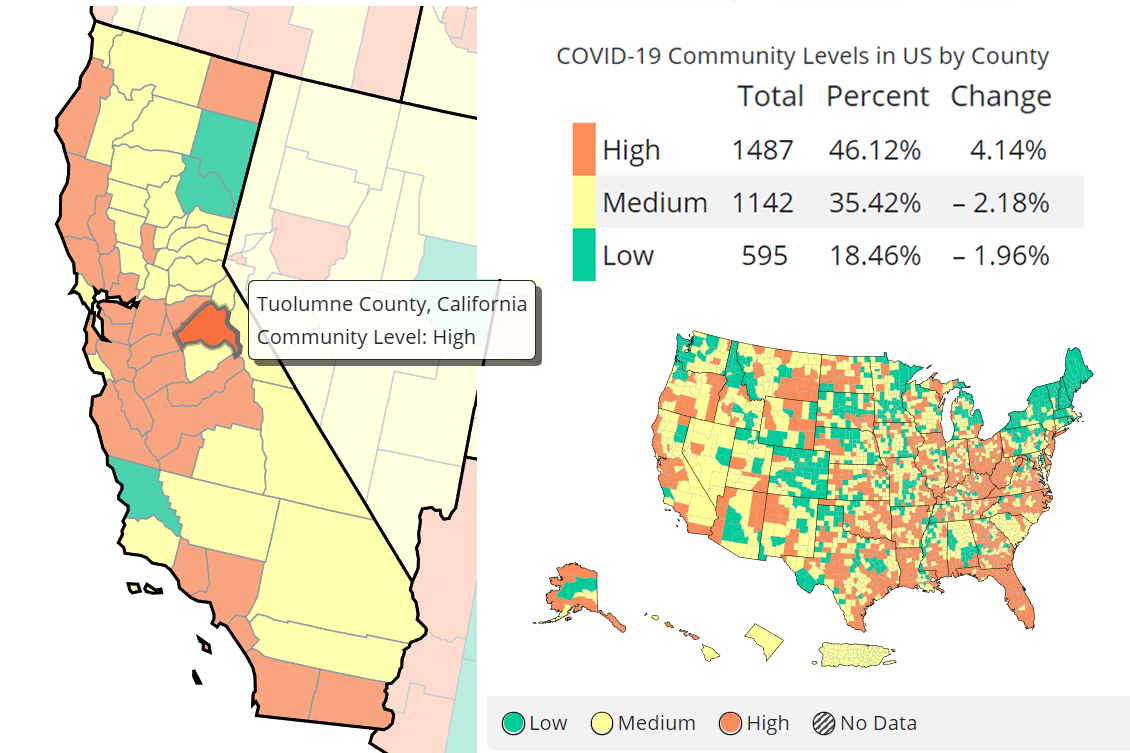

FICTION (SOAPS, DRAMAS, AND REALITY/SURVIVAL SHOW).FILM ADAPTATIONS OF NOVELS, SHORT STORIES, OR PLAYS.TALKING AND PLAYING WITH MOVIES: AGES 3-8.Here you will find options to view and activate subscriptions, manage institutional settings and access options, access usage statistics, and more. If you believe you should have access to that content, please contact your librarian.įor librarians and administrators, your personal account also provides access to institutional account management. The institutional subscription may not cover the content that you are trying to access. Oxford Academic is home to a wide variety of products.
 View the institutional accounts that are providing access. View your signed in personal account and access account management features. Some societies use Oxford Academic personal accounts to provide access to their members.Ĭlick the account icon in the top right to: See below.Ī personal account can be used to get email alerts, save searches, purchase content, and activate subscriptions. Some societies use Oxford Academic personal accounts to provide access to their members. If you do not have a society account or have forgotten your username or password, please contact your society. Do not use an Oxford Academic personal account. When on the society site, please use the credentials provided by that society. If you see ‘Sign in through society site’ in the sign in pane within a journal: Many societies offer single sign-on between the society website and Oxford Academic. Society member access to a journal is achieved in one of the following ways: If you cannot sign in, please contact your librarian. If your institution is not listed or you cannot sign in to your institution’s website, please contact your librarian or administrator.Įnter your library card number to sign in. Following successful sign in, you will be returned to Oxford Academic. When on the institution site, please use the credentials provided by your institution. Select your institution from the list provided, which will take you to your institution's website to sign in. Click Sign in through your institution. Shibboleth / Open Athens technology is used to provide single sign-on between your institution’s website and Oxford Academic. This authentication occurs automatically, and it is not possible to sign out of an IP authenticated account.Ĭhoose this option to get remote access when outside your institution. Typically, access is provided across an institutional network to a range of IP addresses. If you are a member of an institution with an active account, you may be able to access content in one of the following ways: Get help with access Institutional accessĪccess to content on Oxford Academic is often provided through institutional subscriptions and purchases. Along with the cognitive prerequisites, the sequence of material forms also provides insight into potential archaeological evidence (material forms and demographic factors) that might indicate numerical emergence in prehistoric times. With tokens and notations, the archaeological and textual evidence of precursor technologies such as tallies and fingers forms a sequence capable of elaborating the innate perceptual experience of quantity into simple counting sequences and complex mathematics. The question is then approached from the earliest emergence of unambiguous numbers in Mesopotamia, clay tokens used in the late fourth millennium, and subsequent numerical notations. These establish the “probably not before” timeline for numerical emergence.
View the institutional accounts that are providing access. View your signed in personal account and access account management features. Some societies use Oxford Academic personal accounts to provide access to their members.Ĭlick the account icon in the top right to: See below.Ī personal account can be used to get email alerts, save searches, purchase content, and activate subscriptions. Some societies use Oxford Academic personal accounts to provide access to their members. If you do not have a society account or have forgotten your username or password, please contact your society. Do not use an Oxford Academic personal account. When on the society site, please use the credentials provided by that society. If you see ‘Sign in through society site’ in the sign in pane within a journal: Many societies offer single sign-on between the society website and Oxford Academic. Society member access to a journal is achieved in one of the following ways: If you cannot sign in, please contact your librarian. If your institution is not listed or you cannot sign in to your institution’s website, please contact your librarian or administrator.Įnter your library card number to sign in. Following successful sign in, you will be returned to Oxford Academic. When on the institution site, please use the credentials provided by your institution. Select your institution from the list provided, which will take you to your institution's website to sign in. Click Sign in through your institution. Shibboleth / Open Athens technology is used to provide single sign-on between your institution’s website and Oxford Academic. This authentication occurs automatically, and it is not possible to sign out of an IP authenticated account.Ĭhoose this option to get remote access when outside your institution. Typically, access is provided across an institutional network to a range of IP addresses. If you are a member of an institution with an active account, you may be able to access content in one of the following ways: Get help with access Institutional accessĪccess to content on Oxford Academic is often provided through institutional subscriptions and purchases. Along with the cognitive prerequisites, the sequence of material forms also provides insight into potential archaeological evidence (material forms and demographic factors) that might indicate numerical emergence in prehistoric times. With tokens and notations, the archaeological and textual evidence of precursor technologies such as tallies and fingers forms a sequence capable of elaborating the innate perceptual experience of quantity into simple counting sequences and complex mathematics. The question is then approached from the earliest emergence of unambiguous numbers in Mesopotamia, clay tokens used in the late fourth millennium, and subsequent numerical notations. These establish the “probably not before” timeline for numerical emergence. 
Understanding prehistoric numerical cognition, however, addressed in this chapter, requires looking at when cognitive prerequisites emerged-morphological factors like parietal encephalization abilities like quantity perception, language, concept formation and manipulation, categorization, and ordinality and demographic factors suggesting societal motivations for numerical development. Modern humans produce number systems with striking cross-cultural similarities.







 0 kommentar(er)
0 kommentar(er)
